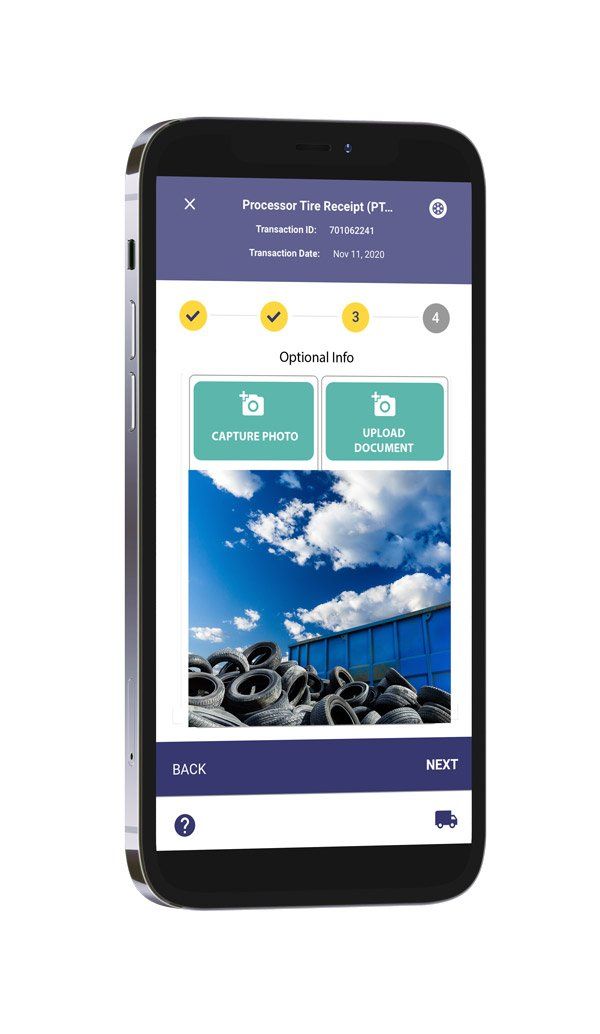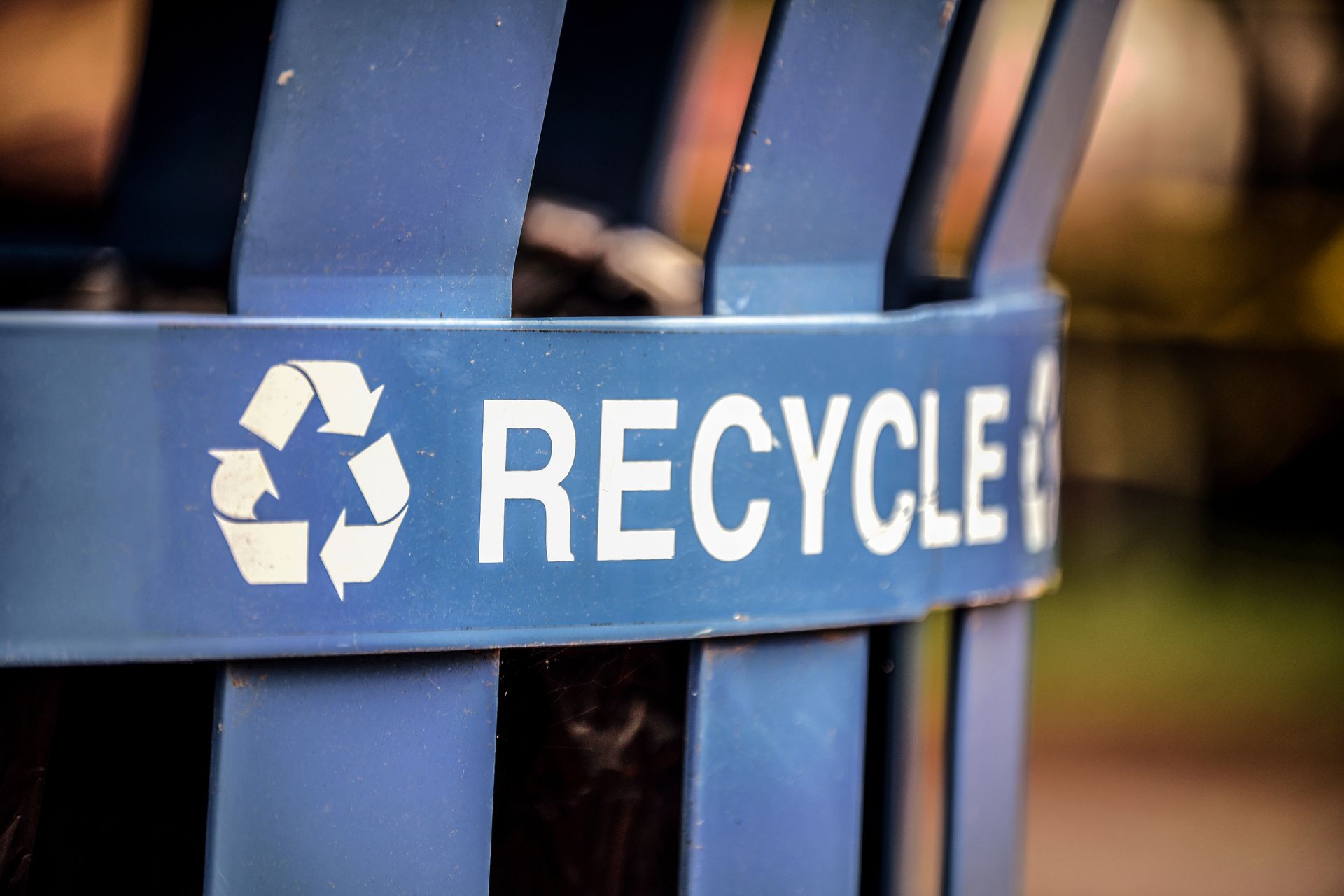What is "good data," and how does it gets compromised?
Learn about the factors that affect data quality, with concrete examples of compromised data so you can assess how your organization is doing
It is estimated that the cost of bad data is an astonishing 15% to 25% of revenue for most companies.(1)
In terms of monetary value, a study by Gartner finds that most organizations surveyed estimate that they lose $14.2 million annually from poor data.(2)
In order to qualify these figures for your own organization, it is important to understand what data quality is and where organizations typically lose it.

Data Quality
Data quality can be assessed on the basis of three key factors: relevance, accuracy, and consistency.
Relevance is the extent to which data is useful for a given task or purpose. For instance, most waste or recycling organizations need to report on specific information to legislators, stakeholders, or the public – such as tonnage diverted from landfills, GHG emission reduction, or volume of derived products after processing.
Ask Yourself
- Are the measurements used by your organizations to track this information truly relevant?
- Are you tracking the right metrics to be able to report on your crucial information correctly?
Accuracy is the degree to which information contained within data matches what was originally intended. This is one standard many in the industry struggle to meet, because of a heavy reliance on error-prone paper-based processes.
Ask Yourself
- Is your organization relying on paper forms?
- Since paper forms provides zero safeguards to protect against errors and fraud, can you be sure about the accuracy of the data that is being collected, written and transcribed?
- Do you know how often inaccuracies seep through your program?
Consistency is the extent to which data from different sources agrees with one another. Another aspect of consistency is timing: understanding whether you are accessing, reviewing, and using the latest available data, or if that data is outdated.
Ask Yourself
- How do you know if the numbers you’re looking at in the office are the same ones coming in from the field? (Hint: if you use paper forms and an individual manually enters information from these forms into a software tool like MS-Excel, your data consistency is already at risk.)
- Is the information or data you’re looking at provided to you in real time? Or are you getting paper forms in the mail weeks after drop-offs and pick-ups have taken place?
- Are there even more delays as you reconcile the numbers and all those reams of paper?
HOW DATA QUALITY IS COMPROMISED
Here is a common example of what low-quality data—data that lacks relevance, accuracy, and consistency—results in:
If an organization is trying to study their program’s performance over time and their data has errors that lead to exaggerated recovery numbers in one month and understated figures in another, they cannot use this information reliably in an analysis of performance trends. It becomes utterly useless for making meaningful decisions or even determining how well their program is performing or how the organization is progressing towards its goals.
Additionally, much time is wasted trying to impose relevance, accuracy, and consistency when these key factors are not already built into an organization’s processes. For organizations in this position, someone must manually look for spots where there could be room for errors, fraud, or security breaches, and then figure out how to solve those issues each time.

Manually checking for errors and inconsistencies and identifying how to solve issues requires extra steps and work. These are instances where the organization is only losing resources to correct errors – not earning revenue, and certainly not managing a budget well.
The example above commonly occurs in the waste and recycling industry. If participants (e.g., haulers, collectors, generators, etc.) make mistakes in their work (for instance, by failing to fill out a paper form completely), it can easily take hours to identify and rectify the errors.
While the issue may sound minor in one example, the effect is cumulative. For most waste or recycling organizations, there is no way to tell how often this is happening and how many other areas of the program are suffering from similar issues. This results not only in poor data, but also heavy associated costs of that poor data: six years ago, IBM calculated the cost of poor data as $3 trillion in the US alone.(3) That number has only grown since.

For specific waste and recycling organizations, this can also lead to a range of problems, the most basic of which is an inaccurate view of their program and their progress towards recovery or other goals. Poor data can further cost in poor decisions, poor communication with the stakeholders or the public, incorrect insights, and missed opportunities.
In the next blog, we explore the different ways organizations leverage data (or resist it) and to what effect. As you read through each data strategy, use this framework to evaluate your own organization so you can uncover the strategy you are currently employing with your data.
Stay tuned!
1. https://sloanreview.mit.edu/article/seizing-opportunity-in-data-quality/
2. https://www.data-axle.com/resources/blog/the-true-cost-of-bad-data/
3. https://hbr.org/2016/09/bad-data-costs-the-u-s-3-trillion-per-year

About Diversys
Diversys is proud to have its roots in Ontario, Canada - a province widely recognized for its leadership in EPR and sustainability. Since 2019, we've been dedicated to creating innovative software solutions that drive progress toward a world without waste.
Our story is a testament to the power of hard work, customer loyalty, and big ideas. We are committed to empowering organizations with the waste recycling software solutions necessary for achieving a sustainable future. Our cutting-edge software platform is helping organizations achieve their ESG goals, meet reporting obligations, and improve operational efficiency for their recycling programs.
Our commitment to delivering world-class solutions that drive meaningful progress towards waste reduction and a more sustainable future is unwavering. Our team of industry experts is ready to help you navigate the rapidly-evolving waste management landscape as we progress toward a circular economy.





